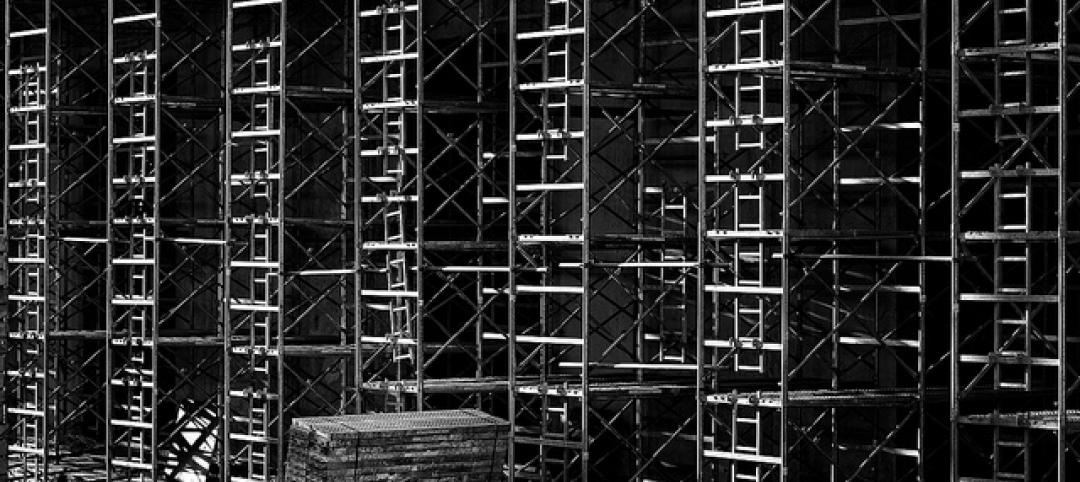A few weeks ago, I received a link to a Radware report warning about the “grave dangers” associated with robot networks that exploit Internet of Things devices as weapons of attack for launching ransomware and various other nasty disruptions against companies and individuals.
Around the same time, The Guardian posted on its website a 45-second video that shows SpotMini, a dog-like robot manufactured by Boston Dynamics, using a mechanical arm mounted on its back to open a door. That video went viral, with 8.3 million viewers in the first nine days who also saw the newspaper’s dire verdict that this machine advance is “terrifying.”
Technology has been and always will be perceived as a source for wonder and worry. As it becomes evermore essential to our daily functions, more than just the viewers of “Black Mirror” are concerned about tech’s encroachments.
This trepidation might explain why several of the technologists I’ve interviewed recently for stories about virtual reality and artificial intelligence in construction were at great pains to explain why technology can be disruptive in positive ways that shouldn’t threaten anyone’s psyche or livelihood.
“VR is neither good nor bad—it’s a tool,” states Jeremy Bailenson, a professor at Stanford University. In his new book, “Experience on Demand,” Bailenson acknowledges that there are “darker” sides to VR that can’t be ignored. But the best way to use it responsibly, he asserts, “is to be educated about what it is capable of.”
Alvise Simondetti, Arup’s Global Leader of Digital Environment, sees smart machines as “partners”—rather than adversaries—of humans. And he’s not buying into the fear that technology will inevitably dumb down creativity and render certain job titles obsolete.
Take last year’s launch of AutoDraw, the “doodle bot” developed by Google’s Creative Lab, which pairs machine learning with drawings from artists. AutoDraw gives a drawer the ability to replace a rough sketch with a more-refined drawing from that data library.
Some designers probably see AutoDraw as ominous. Simondetti views such “enhancements” as progress.
“Architects can only explore a narrow part of a design space solution. Machines can simply see a ton more,” says Simondetti. He adds that artificial intelligence will speed up the design process at a time when “the world can’t wait, not with the rate of urbanization.”
Such sanguinity might sound surprising coming from someone working in an industry usually characterized as tech phobic. But I get the sense that more AEC firms and their suppliers want to shake off that retrograde image and push their industry closer to the vanguard.
More AEC firms and their clients seem convinced that their readiness to at least coexist with—rather than quixotically resist—technology could decide who wins and who loses going forward.
Related Stories
| Dec 10, 2014
Must see: Babina's latest illustrations cast famous architecture quotes as colorful road signs
Babina has adapted quotes from famous names such as Frank Lloyd Wright, Alvar Aalto, and Mies Van Der Rohe.
| Dec 9, 2014
Steven Holl wins Mumbai City Museum competition with 'solar water' scheme
Steven Holl's design for the new wing features a reflective pool that will generate energy.
| Dec 9, 2014
ABC economist predicts continued construction industry growth in 2015
In his latest report, ABC's Chief Economist Anirban Basu forecasts nonresidential construction spending to expand by roughly 7.5% next year, led by the power, lodging, office, and manufacturing sectors.
| Dec 8, 2014
How brick and mortar enables online retail
According to a shopping preferences study conducted by A.T. Kearney, as many as two-thirds of shoppers go to a physical store before or after making an online purchase, writes Gensler's Jill Nickels.
| Dec 8, 2014
The year’s boldest BIM/VDC themes
High-speed rendering software, custom APIs, virtual reality tools, and BIM workflow tips were among the hottest BIM/VDC topics in 2014.
| Dec 8, 2014
AEC firms upbeat about financial results, 2015 looking rosier [exclusive BD+C survey]
The market outlook is brighter for U.S. architecture, engineering, and construction companies, with a majority of AEC firms reporting higher revenues, strong forecasts, and sound financial health, according to BD+C's annual Market Forecast Survey.
| Dec 8, 2014
The global sanitation crisis leads to 2.5 million deaths every year
When we see the incredible technology being produced by global plumbing manufacturers, it’s hard to conceive why no viable technical solution to the global sanitation issue has come forth, writes BD+C's Robert Cassidy.
| Dec 8, 2014
Moshe Safdie wants to reinvent airports with Jewel Changi Airport addition
A new addition to Singapore's Changi Airport, designed by Moshe Safdie, will feature a waterfall and extensive indoor gardens.
| Dec 6, 2014
Future workplace designs shouldn’t need to favor one generation over another, says CBRE report
A new CBRE survey finds that what Millennials expect and need from offices doesn’t vary drastically from tenured employees.
















